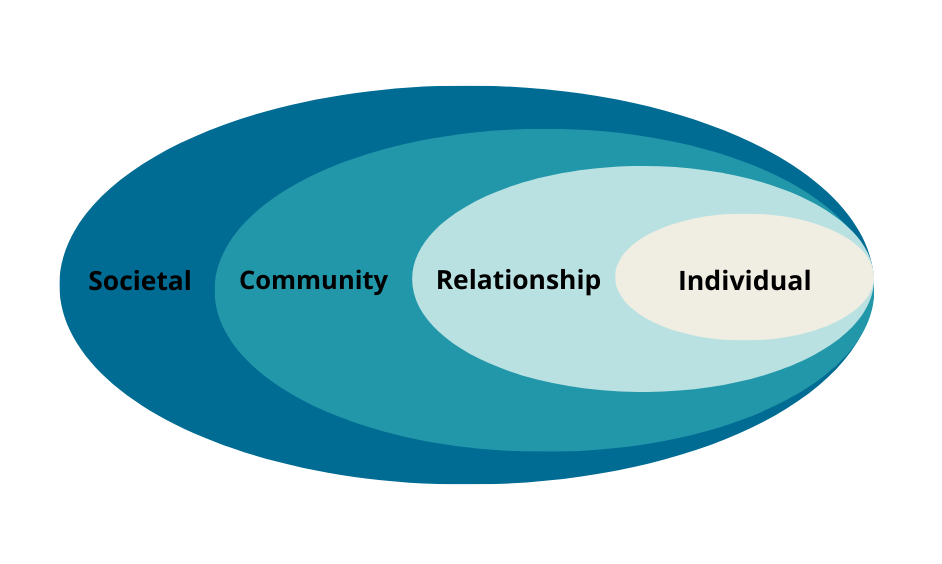The Office of Title IX, in partnership with the Center for Health Education and Wellness, is committed to educating the UT community about ways in which we can prevent sexual harassment (including sexual assault, dating violence, domestic violence, and stalking), sexual exploitation, and retaliation (prohibited conduct). Together, we work to move upstream to prevent prohibited conduct before it occurs.
We seek to prevent prohibited conduct through our primary prevention efforts. This includes building an environment that encourages well-being and healthy choices, as well as teaching our community to embody what it means to be a Volunteer who A.C.T.s and Speaks Up!
As part of these efforts, we engage with all new members of our community (students, faculty, staff), as well as groups in the community who may be at increased risk (e.g., educating all first-year students about the university’s definition of consent, healthy relationships, and potential relationship red flags). In addition, we offer ongoing programs and educational opportunities on being an active bystander, healthy relationships, consent, and interpersonal wellness.
Our ultimate goal is to prevent prohibited conduct before it begins. However, prevention also requires an understanding of the factors that contribute to members of our community accepting or engaging in prohibited conduct.
Because our work expands across the social ecology of the community, we work to impact and prevent prohibited conduct across the individual, relational, community, and societal levels by framing our work within the Center for Disease Control’s Social-Ecological Model’s Framework for Prevention. This model provides context for the ways in which members of our community are impacted by individual, relational, community, and societal factors.

Social-Ecological Model
As we develop and execute prevention programming and educational initiatives we adhere to the nine principles of effective programs which include:
- Being comprehensive in our approach,
- Providing information though varied teaching methods,
- Ensuring sufficient dosage,
- Being theory driven,
- Developing positive relationships,
- Ensuring that the information we share is appropriately timed,
- Being socioculturally relevant,
- Evaluating outcomes, and
- Ensuring staff are well-trained.
View Title IX Presentations (UT System)
If you are interested in learning more about ways in which you can become engaged with prevention and education contact Laura Bryant, Deputy Title IX Coordinator for Prevention, Training, and Evaluation at lbryant7@utk.edu.
Nation, M., Crusto, C., Wandersman, A., Kumpfer, K. L., Seybolt, D., Morrissey-Kane, E., & Davino, K. (2003). “What works in prevention: Principles of effective prevention programs.” American Psychologist, 58 (6-7), 449.